Today's core language
Chinese buyers are participating in the bidding, and a trans-Pacific bidding war against Fairchild Semiconductor is about to start. According to the New York Times, people familiar with the matter said that a consortium led by China Resources Group has already bid for about $2.5 billion to bid for Fairchild Semiconductor. The offer price of the offer was $21.70 per share, which exceeded the price of $20 per share given by ON Semiconductor last week. For more information on technology, please pay attention to the daily electronic core morning newspaper.
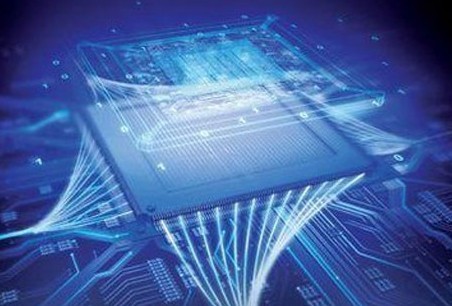
First, the semiconductor
1. China Resources Group and Qingxin Huachuang bid for Fairchild Semiconductor for $2.5 billion? As Chinese buyers participate in the bidding, a trans-Pacific bidding war against Fairchild Semiconductor is about to start. According to the New York Times, people familiar with the matter said that a consortium led by China Resources Group has already bid for about $2.5 billion to bid for Fairchild Semiconductor. The offer price of the offer was $21.70 per share, which exceeded the price of $20 per share given by ON Semiconductor last week. Qingxin Huachuang also participated in the acquisition, which led the acquisition of graphics chip company OmniVision this spring. Fairchild Semiconductor admitted on Tuesday that the company had received a higher active bid than the ON Semiconductor, but did not disclose the identity of the bidder. Bloomberg subsequently reported that the offer came from Chinese buyers.
2. “China Core†is on the rise and the global supply chain has been reshuffled within five years. On December 9th, as the government increased its support for the development of chip design, the development momentum of China's chip industry is almost equal to that of the United States and Taiwan, and the global voice is gradually increasing. However, analysts believe that while China is strongly promoting the development of the chip industry, it should encourage innovation. It should not blindly chase and rebuild the market to gain market share, and avoid repeating the PV and LCD industry. China has invested billions or even billions of dollars to promote independent research and development in the semiconductor industry, which has spawned a chip design industry cluster. Industry experts said that China's chip manufacturers will eventually form a competitive landscape with Qualcomm and MediaTek.
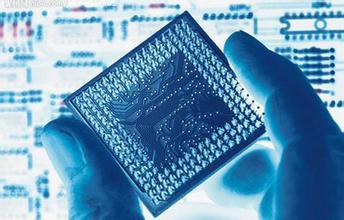
Second, smart home
1. The smart home market will reach $68 billion in 2018. The latest report released by research firm Research and Markets predicts that the global smart home equipment and services market will grow at an annual rate of 8%-10% in the next five years, and the market size will reach $68 billion by 2018. The report pointed out that the rise of the Internet of Things is an important driving force in the smart home market. Smart home technology has existed for decades. The main challenge facing the market so far is that consumers are not well aware of related technologies. The dominant players in the market are still some high-priced products for the affluent class. It is expected that with the decline in the price of smart home products, more middle-class consumers will enter the market, which means that market competition will intensify.

Third, intelligent hardware
1, Surface Phone new news: Intel chip blessing. According to foreign media reports, the latest news from Microsoft said that Surface Phone will be equipped with Intel processors, and Intel is currently developing a processor that can challenge Qualcomm Snapdragon 820. Surface Phone is probably the first to carry the processor. Mobile phone. It is reported that Surface Phone will adopt a full metal body, the overall design style is similar to that of the Surface family, and the screen may be equipped with a 5.2-inch/5.5-inch screen with a resolution of 2560*1440, but it is not excluded to launch a 4K resolution screen. may. It also brings innovative coatings and native Surface Pen support, as well as enhanced IR sensors. On the camera side, it may be equipped with some advanced features of 20 million or 15 million pixel main camera, and the front may have 8 million front camera with LED flash.
2. Do you believe? The smartphone disappeared within 5 years. CNBC quoted a report from the Swedish Ericsson company, which conducted research on 100,000 consumers in 40 countries. The result is somewhat surprising, because more than 50% of people actually think that smartphones will become history, and this will be Occurred within five years. Those who believe that smartphones are disappearing believe that artificial intelligence (AI) is the best way to interact in the future, not only on the screen, such as searching the web, getting travel guides, and acting as a personal assistant. In addition, the report also shows that nearly half of the respondents (44%) think that the AI ​​system can be a good teacher, one third of them want to be accompanied by AI equipment, and 29% feel that they are discussing their condition with the AI ​​system. It will be more comfortable than talking to a doctor. A lost smartphone will exist in a way that everyone is more accustomed to.

Fourth, the Internet of Things
1. Microchips can use radio waves to “charge†to help the development of the Internet of Things. According to the British Broadcasting Corporation (BBC), Dutch scientists have recently developed a microchip that can capture energy from radio waves and transmit information. The research team from Eindhoven University of Technology in the Netherlands said that the chip will help the development of the IoT technology that has just started. Nowadays, more and more microchips for measuring temperature, light and air pollution appear in smart homes and public places. But one of the biggest challenges facing traditional chip technology is how to work without a battery. "If you need to change batteries around them all day long, we definitely don't want to have hundreds of such sensors at home," said research leader Pete Baltus. The new chip developed by the team solved this problem.
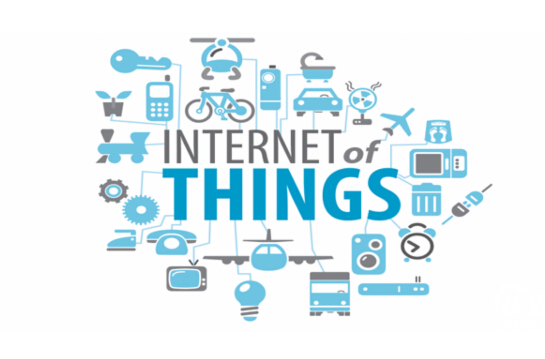
Fifth, automotive electronics
1. Porsche started production of pure electric vehicles after 5 years. On December 7, Porsche issued a statement that the supervisory board of Porsche AG recently approved the implementation of MissionE (Porsche's first electric vehicle) project, which is expected to be mass-produced and put on the market by 2020. The Porsche MissionE concept car was first publicly unveiled at the Frankfurt International Motor Show in September, the first pure electric car from Porsche. In order to start production of the car, Porsche will invest about 700 million euros in the main plant of Zuffenhausen in Stuttgart, and will establish a new paint shop and a new assembly plant in the next few years. Existing engine plants will also be expanded for the production of electric motors. In addition, the original body shop is also being expanded. In addition, the company said it will also invest in other areas, such as the Weissach Research and Development Center.
2. New progress in unmanned driving technology: Vehicles can independently judge road conditions. According to foreign media reports, the world's largest non-profit professional technology society "International Institute of Electrical and Electronics Engineers" seems to have found a new way to determine whether the car's current road is safe through artificial intelligence neural network, and this method is expected to make the future autonomous car It becomes safer when driving in bad weather. IEEE developers have tried to judge whether the road is too slippery by analyzing the vehicle tire noise feedback. For example, the IEEE placed a microphone in the rear tires of the 2014 Mercedes-Benz CLA to collect tire noise feedback and tested it on multiple roads and multiple speeds in the Boston area.
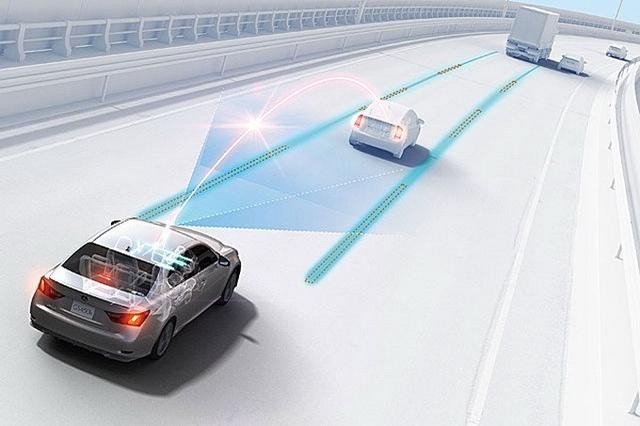
Six, Sensor
1. Sony acquired Toshiba image sensor business for US$155 million. At the end of October, Sony had a preliminary memorandum of understanding with Toshiba on the acquisition of the latter image sensor business. Sony announced on December 4 that the two parties have reached a final acquisition agreement. Under the agreement, Toshiba will transfer the semiconductor manufacturing plant, equipment, and related assets of the 300mm silicon wafer production line to Sony at a transfer price of 19 billion yen. The parties expect that the transaction will be completed in the fiscal year ending March 31, 2016. Of course, before this, we must get approval from the relevant regulatory authorities.
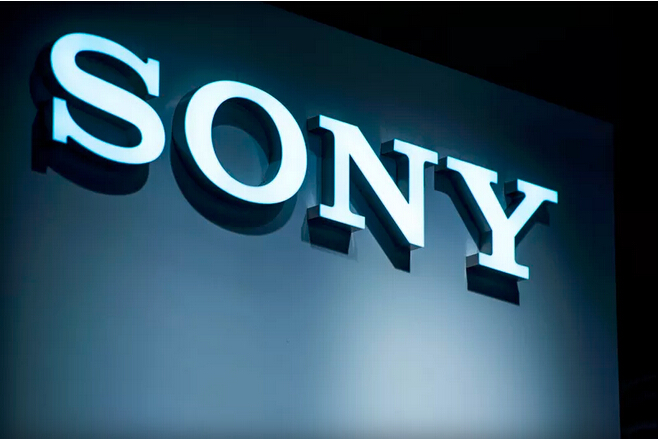
Weighing sensor a kind of force sensor used on weighing apparatus. The principle of resistance strain type weighing sensor, which can convert the gravity acting on the measured object into a measurable output signal according to a certain proportion.
Module Load Cell,Weight Sensor Module,Digital Module Load Cell,Weighing Module Load Cell
Ningbo Santwell Imp & Exp Co.,Ltd , https://www.santwell.com
